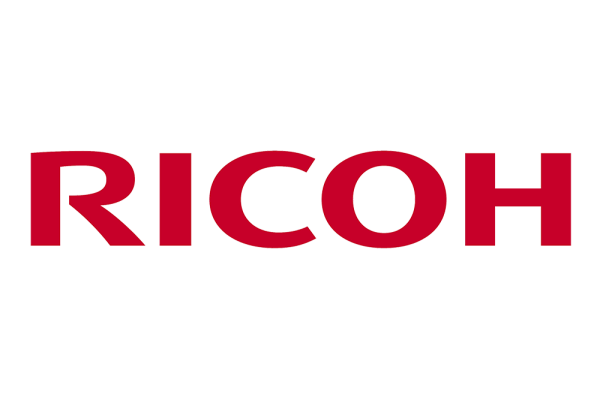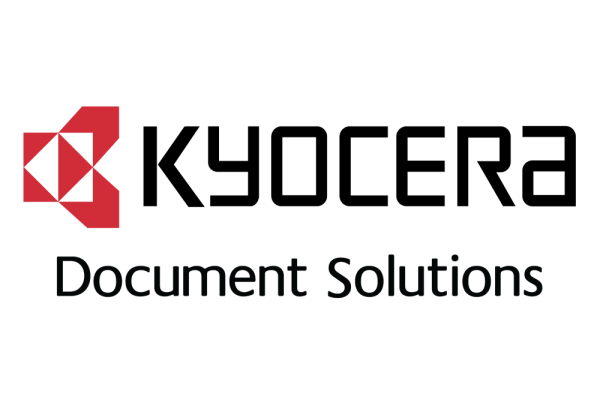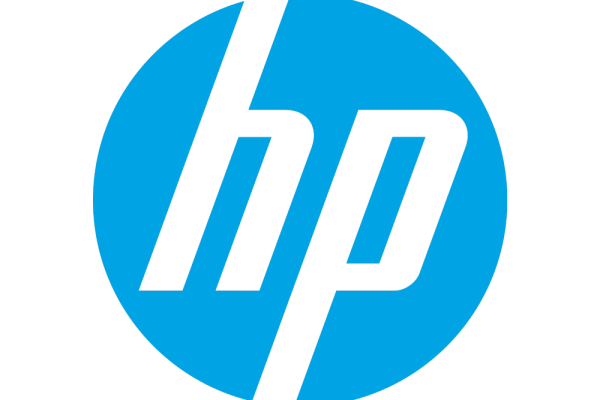
Tampa Bay’s #1 Office Technology Products & Services Provider
WCC is your local partner for office imaging and printing needs, providing industry leading multifunction devices, managed print, advanced scanning, workflow automation, VoIP phone systems, and collaboration technologies.
Request a Conversation
Welcome to WCC Business Solutions
Founded in 1976 in the heart of Clearwater, we are proud to be a second-generation family-owned company providing value-driven business technology solutions with flexible acquisition options.
We guarantee a 3-hour response time from local certified technicians, and we reinvest in the communities we serve because we live, work and play here too.
Solutions We Provide
Our Customer Journey
At WCC Business Solutions, it’s our mission to provide the best office technology solutions to help drive your business forward. Our customer journey is a four-step approach to delivering high-quality solutions that meet your technology needs.
Discovery
Here, we collaborate to uncover pain points and desired outcomes for your business. Some key steps include:
- Uncover technology gaps and business needs
- Distribute departmental surveys
- Isolate technology and billing pain points
- Determine the right solution for your budget
Opportunities
Based on our discovery insights, expert knowledge, and innovations, we present opportunities that enable you to solve problems and enhance existing workflows. We work with you to:
- Examine survey results
- Discuss recommended solutions
- Identify workflow enhancements
- Solution demonstration or proof of concept
- Develop a solution implementation timeline
Alignment
Coming into alignment on a solution is the most important step in the customer journey. At this stage we:
- Collaborate with key stakeholders
- Align final solution and complete contracts
- Finalize implementation dates
Fulfillment
All the pieces of our journey come together to deliver the best office technology solutions for your needs. Here, we focus on:
- Equipment delivery and installation
- Key operator training
- Identify key contacts
- Set post-install meeting
Technology Partners
Find cutting edge products from top brands to meet all of your technology needs.
Ask About Our
3 Hour Response Time Guarantee
We stand by our commitment to promptly address any issues.
If we can’t fix it, we’ll replace it.
Your WCC Advantages
Guaranteed Response Time
With a guaranteed 3 hour response time, we ensure minimal disruption to your workflows, keeping your business running smoothly.
Local Business
Our local presence enables us to create tailored office technology solutions without bureaucratic delays.
Experienced Team
With nearly 50 years of experience, our dedicated team prioritizes integrity, communication, and problem solving.
Commitment to Values
From prioritizing our clients to collaborating as a team for effective problem solving, our core values drive everything we do.
Our Proven Process
We help guide you from understanding your needs to implementing tailored solutions and providing ongoing support. With WCC, your journey is optimized for success.




